The 7 Best Evergreen eCommerce Marketing Strategies to Drive Business
We’ve come a long way from direct sales calls, flyer handouts and outdated lengthy sales letters. So what are some of the best eCommerce marketing strategies for today?
While there are many methods out there, implementing evergreen strategies is a very safe bet. For eCommerce businesses that rely on making sales online, evergreen marketing is an investment that can give you ample returns in the long run.
In this post, we will focus on the seven best evergreen eCommerce marketing strategies that are certain to boost your conversion rates and build up your brand. These strategies are not only proven, but they also stand the test of time—even though the internet experiences a constant ebb and flow of change.
The 7 Best Evergreen eCommerce Marketing Strategies to Implement in Your Business
Discover these tried-and-tested evergreen strategies every eCommerce brand should have as part of its arsenal of eCommerce marketing efforts.
1. Apply SEO Best Practices
Before digging into this section, we want to make it clear: not all SEO tactics are created equal. Black hat SEO tactics from the past like keyword stuffing may have worked years ago when search engine algorithms were less sophisticated, but if used today, they may actually hurt your brand in the long run.
Educate yourself on the fundamentals of SEO marketing so your brand can start investing in proven SEO tactics that will be fruitful to your business. Implementing even the most basic and easy of SEO practices can help eCommerce brands get their products discovered and reap the rewards of this evergreen strategy.
Here’s an example of something your brand can do for more optimal SEO:
Optimize product pages with the same keywords and descriptions that consumers are using when they search for that type of product in Google or Amazon.
Even if there are specific branded names for your products—for example, like ‘Molly Top’ or ‘Diane Necklace Set’—you can follow these up with key phrases your audience will likely be searching for, e.g. “black mock-neck sleeveless top” or “moon and star necklace set.”
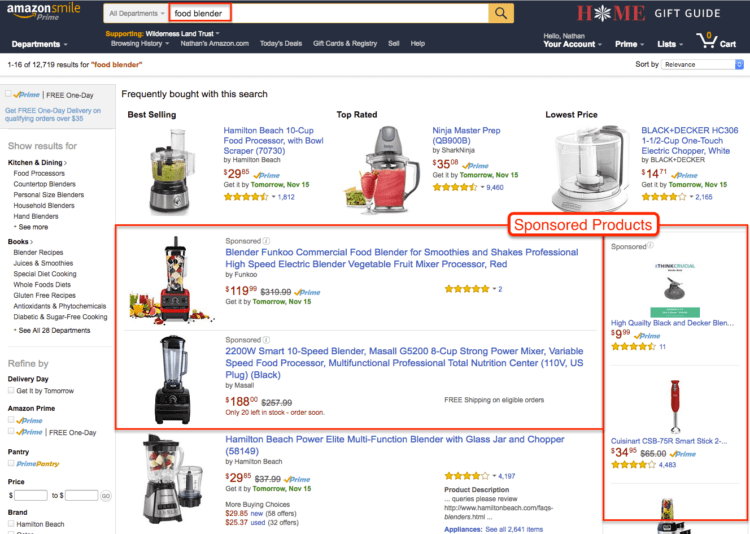
2. Publish Helpful and Educational Content
You’ve probably heard that content is king—that’s because it’s proven to help brands and it builds trust with customers.
Just because you’re in the eCommerce business doesn’t mean you can’t provide helpful, educational content for your customers. This strategy is also another way to implement the previous tip about SEO. By creating high-quality content that people want to read and optimizing it for SEO, you increase the chances of driving organic traffic to your website and store.
Consider creating genuinely helpful guides based on the expertise at your company featuring the products on your store. Examples are how-to posts, tip sheets, checklists or even online holiday shopping guides.
Many eCommerce brands are increasingly relying on this evergreen marketing strategy to become not only an online store, but also a niche publisher.
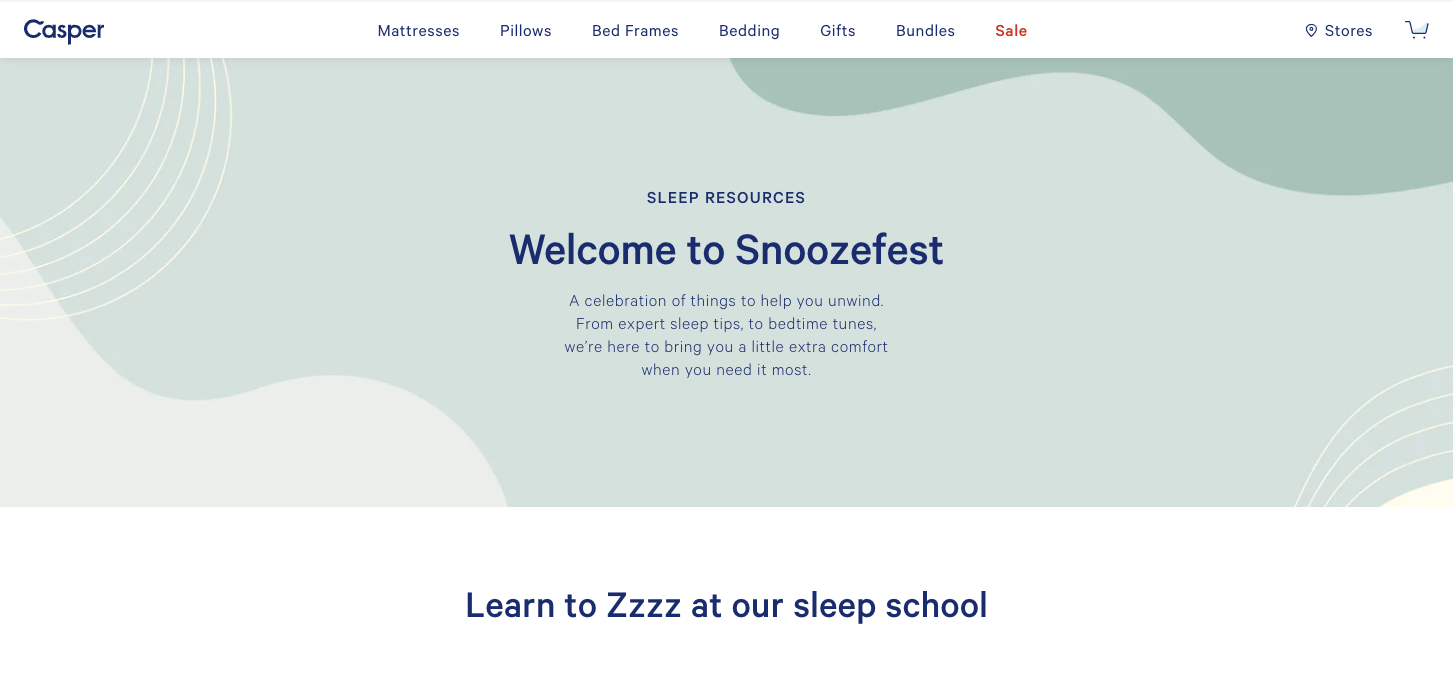
Here’s an example of helpful and educational content:
Create a piece of content that’s fun and engaging for customers. Construct a quiz leading customers to a specific product suited to their needs and preferences. Take this example below from Sudio, which prompts customers to take a short survey about what they’re looking for in earphones or headphones. Then, it provides the best possible recommendation from the Sudio store.
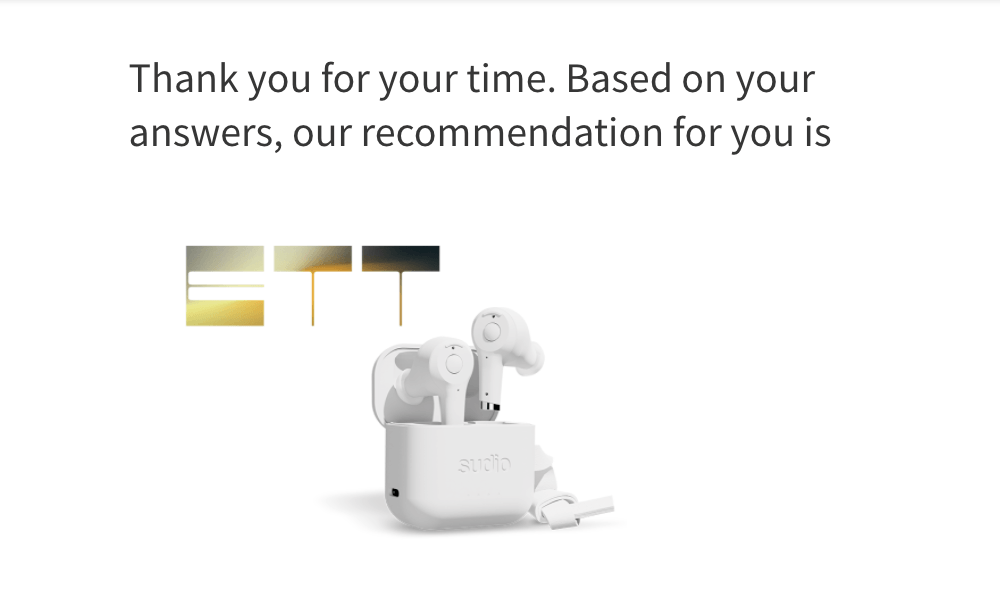
3. Evoke a Feeling of ‘FOMO’ Among Visitors
FOMO, or the Fear of Missing Out, can be a powerful marketing strategy. It encourages customers to convert right away instead of waiting days, weeks or months.
There are a few different ways to evoke feelings of FOMO, and nearly all of them have to do with scarcity. Scarcity can come from limited-time offers, or even lean inventory.
Time-sensitive promotions can help drive conversions faster. This is because customers already considering the product offer are more compelled to purchase right away—especially if there’s a chance they might miss out on what they want.
Here are some scarcity marketing tactics you can try without looking sleazy or spammy:
- Implement countdown banners on your homepage to promote a sale that’s expiring
- Use “only X items left” indicators on specific products when inventory is running low
- Launch limited edition products and indicate they won’t make a comeback once they’re gone
- Display products as ‘Sold Out’ and optionally add a waitlist opt-in for customers to be notified when they’re back in stock
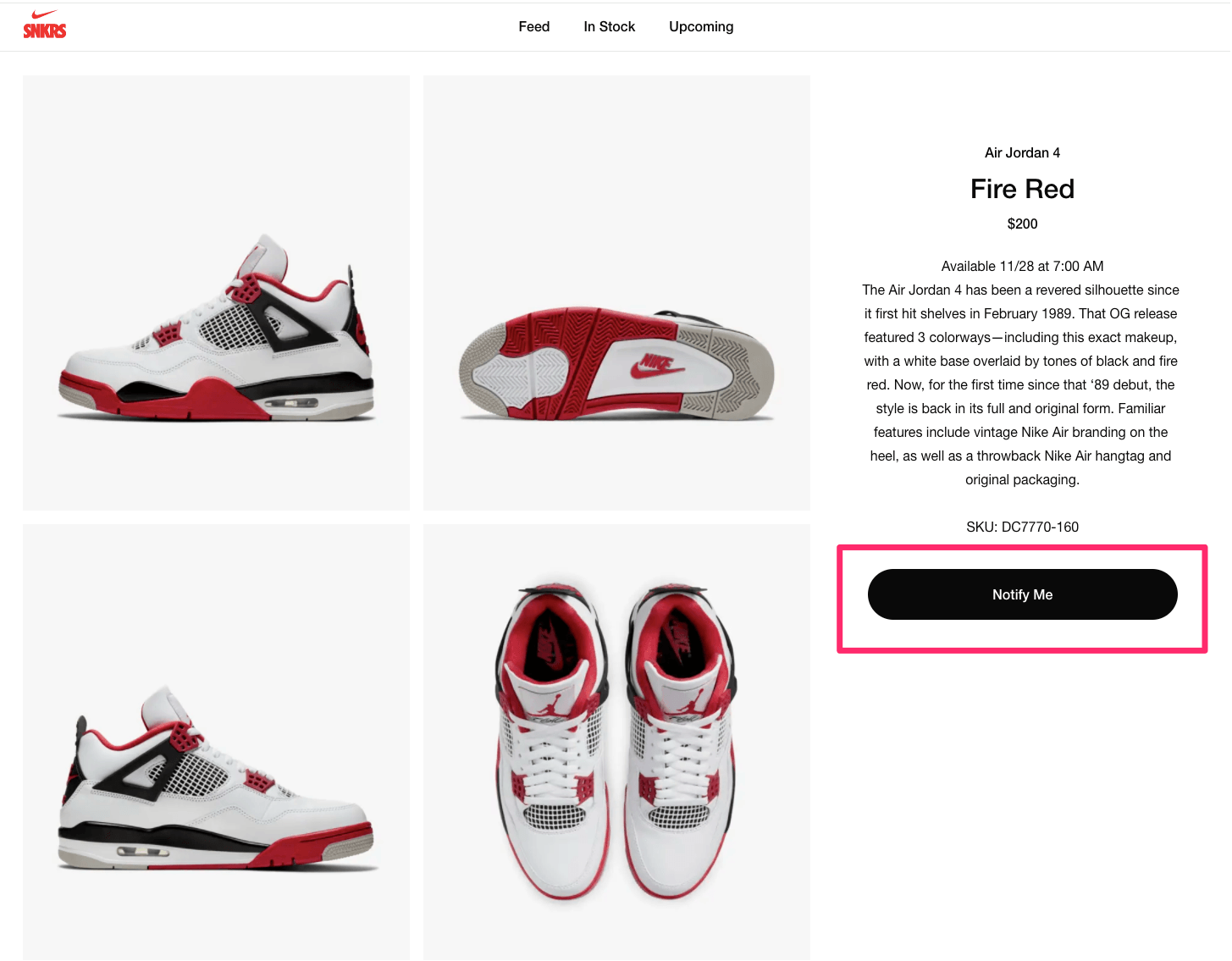
4. Publish Product Ratings and Reviews
A simple evergreen marketing strategy that never goes out of style is social proof. By publishing product ratings and reviews, you can help prove to new users or customers that the products they’re eyeing are loved by other people in your audience—so they probably will love them too.
This strategy is also a good visual marketing tactic, when brands use gauges (like star symbols) when displaying product ratings. It lets people see how popular a product is.
These product ratings and reviews should always be on individual product pages. Take it a step further and highlight bestsellers on the homepage, offer it as a filter option, feature them in your email newsletter and even the website sidebar to draw attention. You may as well capitalize on what’s already selling well.
But what if you don’t exactly have enough product reviews to start with? An easy way brands can do this is by sending new customers an email prompting them to leave a review of the product(s) they recently purchased (and make the pathway to give a rating as quick as possible).
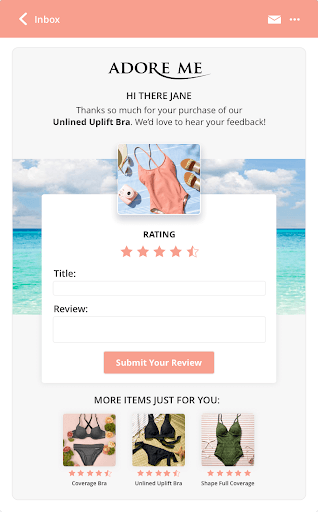
5. Give Your Site Visitors a Great User Experience
With eCommerce marketing, sometimes users don’t convert because your site isn’t optimized for user experience. There can be several reasons for this such as:
- Low page speed
- Longer checkout processes than necessary with multiple steps
- Lack of flexible payment options (Apple Pay, Google Wallet, Paypal, etc.)
- Confusing navigation
When developing an eCommerce website, you’ll want to avoid these common pitfalls. Many eCommerce marketing services are designed specifically to help brands optimize their site without having to do a lot of back-end work.
For example, popular store-builder platform Shopify is built specifically for eCommerce brands to implement multi-channel selling, loyalty programs, mobile optimization and more. Platforms like this help deliver seamless shopping experiences on their eCommerce customers’ stores.
6. Collaborate with Influencers
Influencer marketing is a booming industry that can be mutually beneficial when done right. Partner up with the best influencers that fit with your brand’s mission and ask them to create content for your products.
Influencers can create reviews, testimonials and even helpful how-to videos. These people already have their own trusting audience, which can help your brand get a new group of potential customers through the know, like and trust cycle faster.

As far as selecting influencers, bigger may not always be better. In fact, micro-influencers—authentic brand advocates with a small following but high level of trust—could serve as a big untapped source of potential for your eCommerce brand. Unlike traditional influencers with larger followings, who expect payment for the content they create, many micro or ‘organic influencers’ (as Stackla likes to call them) are the people who are genuine fans of your brand and willing to create content for minimal fees or even rewards.
7. Launch a Retargeting Strategy
Finally, a retargeting strategy is one of the most powerful evergreen marketing strategies out there because it offers a highly personalized experience for customers.
As the name would suggest, retargeting is when you create a campaign for products that a user has already viewed on your site in an effort to get them to come back and buy. Normally, if a user walks away from your store (or exits your site), they’re likely to be gone for good—but with retargeting, you can remind them of the products they were checking out (even from a completely new platform).
Some places where retargeting strategies work best are:
- Social media channels (Facebook, Instagram, etc.)
- Programmatic ads
- Email campaigns
To run a retargeting campaign, simply install tracking tools that “follow” your customer online and show them the products they looked at on your site. You could also send an abandoned cart email prompting them to inspect what they left in the cart.
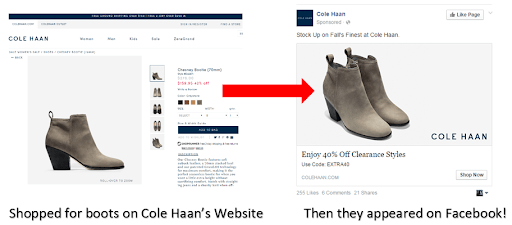
Key Takeaways
When looking for the best eCommerce marketing strategies, trust the evergreen methods that will surely give you returns for years on end—especially if your team is lean on time and resources. Using the tips above can help you craft a high-converting eCommerce marketing plan that will not only boost your sales, but also gain long-term loyalty and trust from customers.




